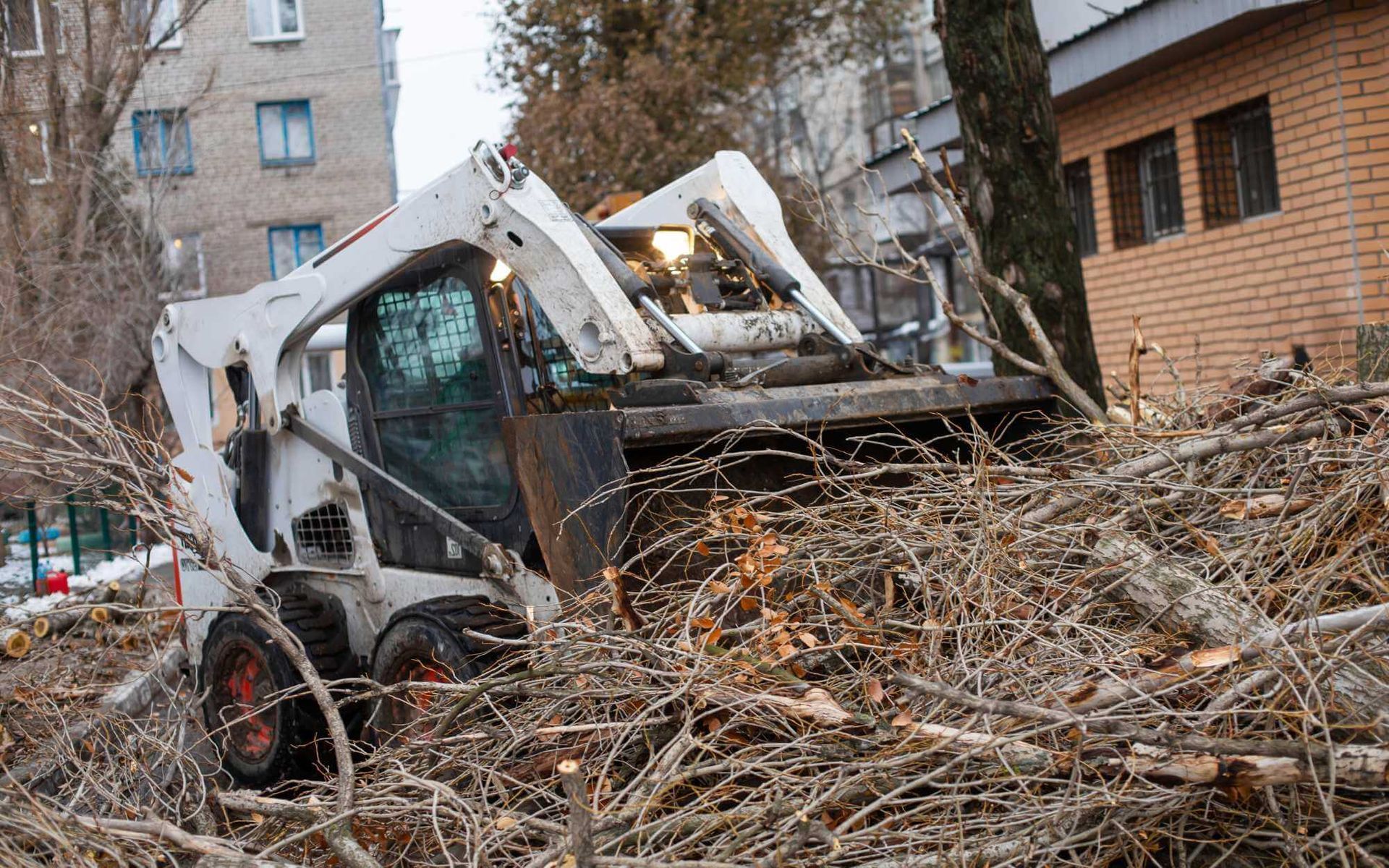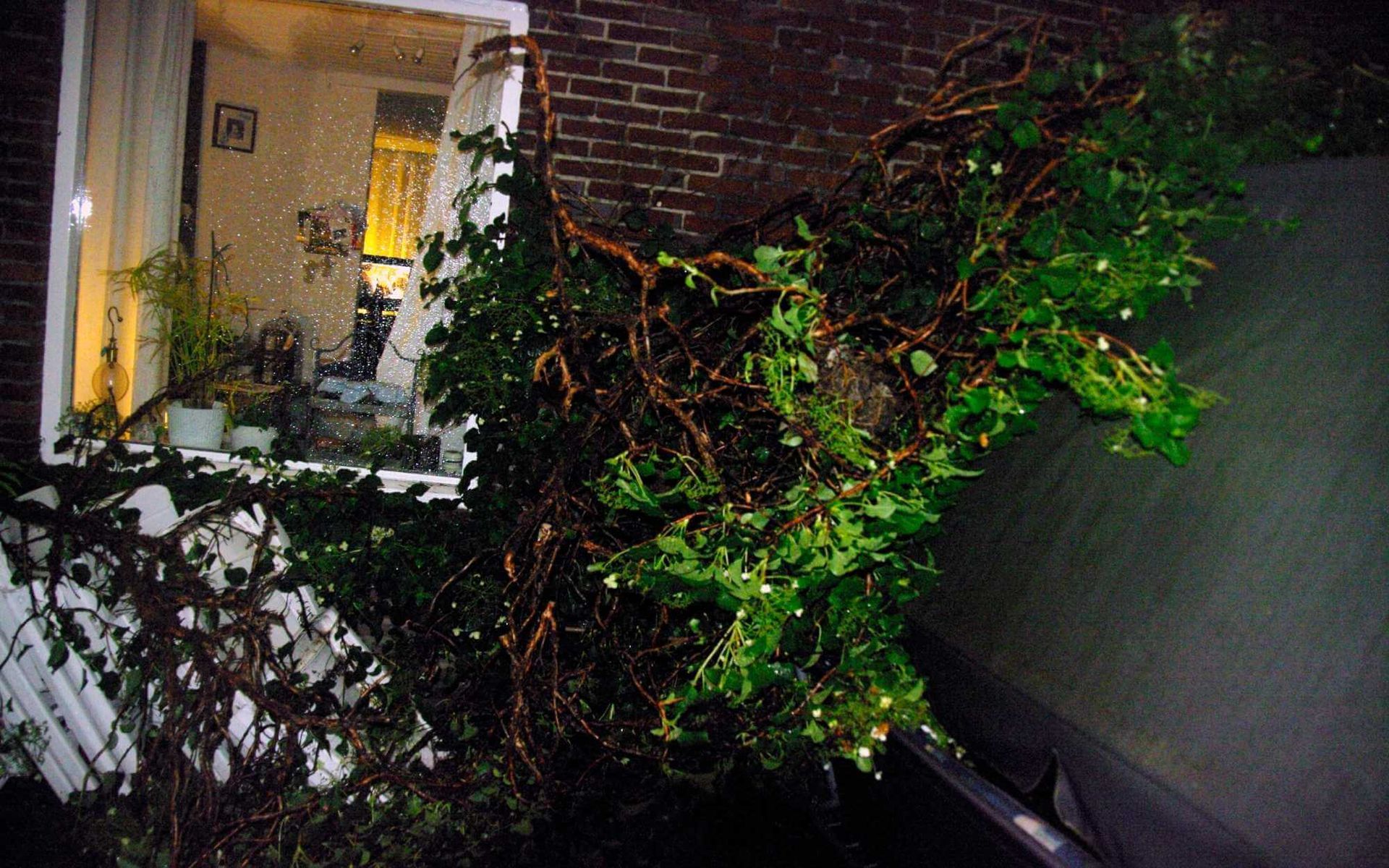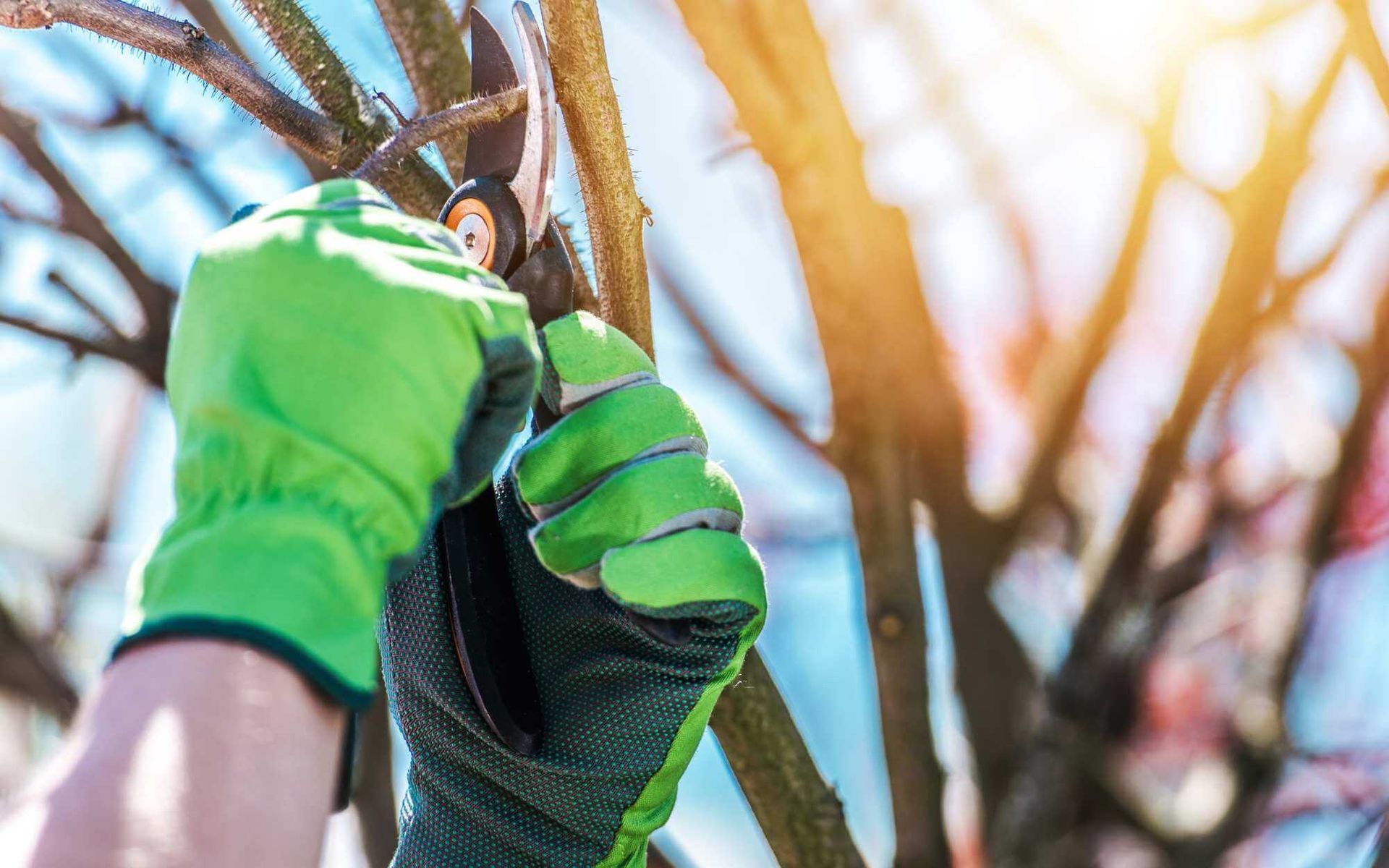Insurance Coverage for Storm-Damaged Tree Cleanup
PUBLISHED ON
SHARE THIS ARTICLE

When a storm wreaks havoc, the aftermath often includes damaged trees that can cause significant issues to homeowners. The expense and hassle of tree cleanup can be overwhelming. However, with the right insurance coverage, this burden can be mitigated.
This blog serves as an essential guide for homeowners dealing with storm-damaged trees. We'll discuss the significance of storm damage insurance coverage in this context, what to expect from your insurance provider, and how to navigate the claims process.
Join us as we explore this critical component of storm recovery and its immense value to homeowners.
Understanding Homeowners Insurance Policies
Standard homeowners' insurance policy often encompasses coverage for the cost of storm-damaged tree removal.
Typically, there are two primary types of coverage: Dwelling Coverage and Liability Coverage. Dwelling Coverage helps pay for damages to your property and home, while Liability Coverage pays for damages to others' properties.
Key terms to understand include 'Peril,' which refers to an event causing damage (like a storm), and 'Deductible,' the amount you must pay before your insurance coverage kicks in. 'Limits' refer to the maximum amount your policy will pay toward a covered loss.
Always review these terms in your home insurance policy to understand the extent of your coverage.
Determining Coverage Eligibility

Tree debris removal involves inspecting the extent of damage to trees: uprooted, broken branches, or trees fallen on structures. It's crucial to document the damage through photographs or videos, noting the date and time for added credibility. This serves as evidence when liaising with your insurer.
Reporting the damage promptly to your insurance provider is key. It allows them to process your claim faster and provide guidelines on their requirements. Often, they'll need a detailed report of the damage, including the type of tree, size, location, and an estimate of cleanup costs.
Some insurers may request a professional assessment from a tree service or arborist. Always abide by your insurer's instructions to ensure a smooth claim process.
Tree Damage Claim Process and Considerations
Filing a claim for storm-damaged tree cleanup involves contacting your insurance provider and providing comprehensive details of the damage. Include your documented evidence and any professional assessments if required.
An insurance adjuster will be assigned to your case. They'll investigate the claim, assess the damage, validate the facts, and determine your compensation based on your policy's coverage. Be prepared to work closely with the adjuster, providing any additional information they might need. Their decision can be disputed if you feel it's not fair or accurate.
Remember, understanding your policy and being organized can make the claim process less daunting and more efficient.
Insurance Coverage Limitations and Exclusions
Insurance coverage for storm-damaged tree cleanup often has defined limitations. Typically, there's a cap on the amount an insurer will pay per tree or event, regardless of actual costs.
Also, insurers usually only cover cleanup costs if the fallen trees damage a covered structure. Trees that fall in your yard, without causing damage, might not be covered. Exceptions may apply if the fallen tree blocks access to your home.
As for exclusions, damages from trees that were already dead or in poor condition before the storm may not be covered, as insurers expect homeowners to maintain their property.
If unsure, ask your insurance company about the limitations and exclusions of your homeowners insurance cover to avoid unexpected out-of-pocket expenses.
Tips for Maximizing Insurance Benefits

Regular maintenance and proper pruning of trees can minimize the risk of storm damage. Healthy, well-kept trees are less likely to break under pressure.
Ensure your trees are pruned annually to remove dead or weak branches. Additionally, keep a regular check on tree health, getting professional help if needed.
Similarly, reviewing and updating your insurance policy is vital for optimum coverage. Ensure your policy covers storm-damaged tree cleanup and understand any limits or exclusions. Regular policy reviews allow you to adjust coverage as your needs evolve, ensuring you're adequately protected.
Remember, maintenance and updated policies are essential for minimizing unexpected costs after a storm.
Learn about your insurance coverage for storm-damaged tree cleanup today!
Don't wait until a natural disaster strikes to review your insurance policy. Take the time now to understand your coverage and ensure it's sufficient for your needs.
Being well-informed about your insurance benefits can save you from unnecessary stress and expenses in the aftermath of a storm. Stay safe and prepared by staying informed.
So, continue to stay educated about your insurance coverage and take necessary precautions to
minimize storm damage. That way you can protect both your property and your wallet from potential devastation.
Want a free quote or some friendly advice? Call our team today:






